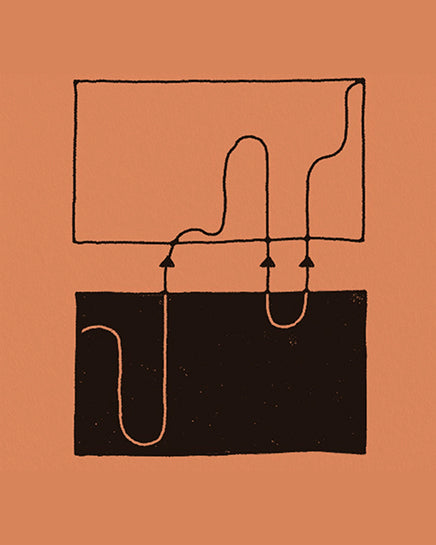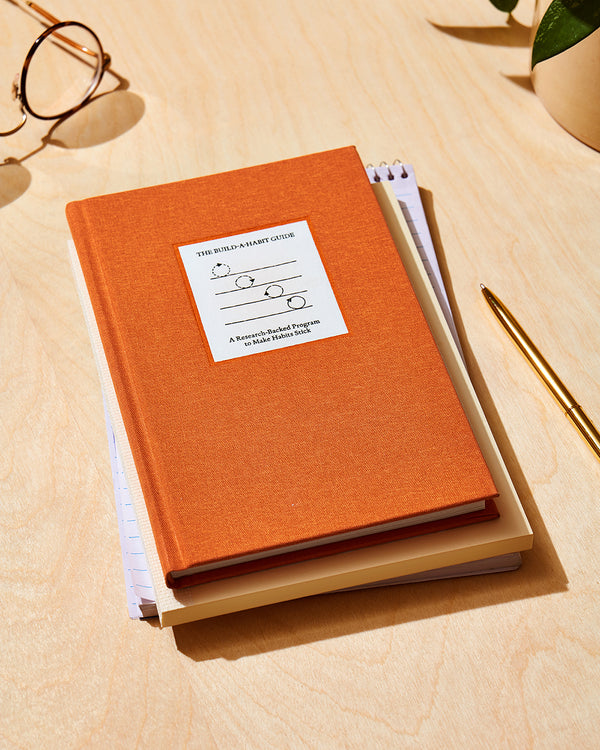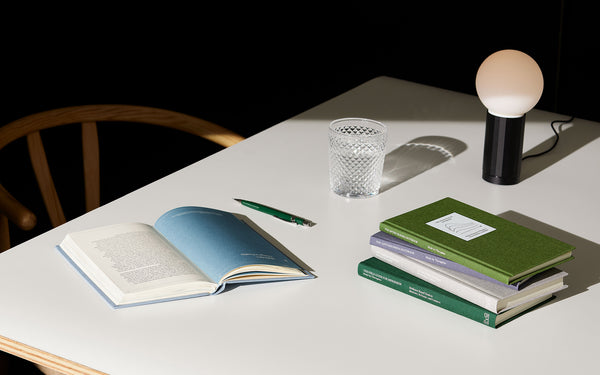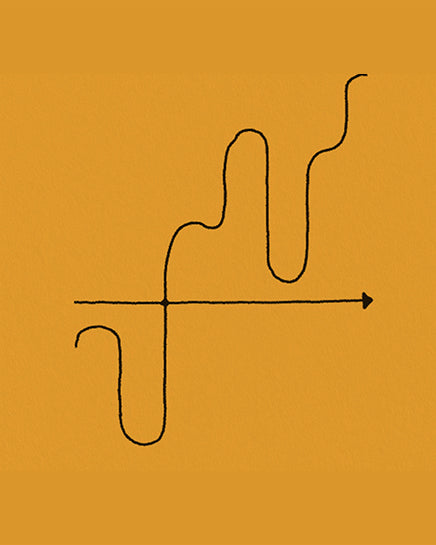
October 19, 2022
Sleep 101: The Fundamentals of CBT-I
By the Therapy Notebooks Team
THE POWER OF SLEEP & CBT-I
One of the most basic elements of self-care is sleep. Science tells us it’s central to memory and processing[1]. Sleep shapes how we respond to the events that unfold. It’s a deeply personal experience. It’s a kind of ritual: get into bed, fall asleep, toss, tap, scroll, read, turn, dream, wake up. Your sleep behaviors might be more complicated than this. While our sleep struggles can seem out of our control (“I slept horribly last night!”) we can steer our attention to identifying what works.
Cognitive Behavioral Therapy for Insomnia (CBT-I) is the leading treatment for managing insomnia. CBT-I also assists in the treatment of other health conditions like chronic pain, depression, and anxiety. Treatment can range from two to eight sessions [2]. The evidence-based intervention outshines medication with effectiveness both online and in-person[3] [4]. Similar to CBT, CBT-I reminds us that our thoughts and beliefs about sleep shape any behavior change and relapse prevention [5]. One of its purposes is to gather data on the self. What images, acts, and associations come up?
Sleep struggles are common. Worries grip our minds and screens grab our attention. Insomnia is a public health concern [6]. The sleep disorder can take the following forms: difficulty going to bed, staying asleep, waking too early, and non-restorative sleep despite plenty of effort to do so, alongside experiences of fatigue, low-mood, and poor concentration[7]. Even without a formal diagnosis, these symptoms might resonate—an infrequent, steady, even long-term reality. CBT-I is likely to help.
As the rise of stress, arousal, and the biology of sleep advanced, so did CBT-I. The Anti-Insomnia Notebook addresses the most common barriers to good rest. Our product includes three areas: sleep restriction or consolidation, stimulus control, and cognitive reframing. Medicine and sleep researcher Arthur J. Spielman led the understanding of sleep restriction therapy[8]. The practice consists of first improving sleep quality then gradually increasing its quantity[9]. We can develop our sleep health by limiting how long and where we sleep.
Psychologist Richard R. Bootzin studied stimulus control therapy to reinforce new and sustained behavior for alleviating acute and chronic insomnia[10] [11]. Our workbook helps you associate your bed with sleep to reduce the stimuli that keep you up at night. You’ll consider the following: Use the bed for sleep and sex only. Go to bed when you’re drowsy. Get out of bed if you can’t fall asleep. Dim or put electronics in another room. No naps.
Cognitive reframing addresses unhelpful thoughts that diminish your efforts to improve sleep. Like the cognitive distortions known in CBT, “I’ll never get to bed at a decent hour” may point to a feeling of shame then the move to staring at your phone. Instead, name the thought, question the accuracy, and think of something more helpful.
PRACTICING CBT-I
We’ve adopted CBT-I into a workbook format designed by therapists to log, track, compute, reflect, and improve your sleep health. Our aim is to make these credible tools accessible and actionable. The Anti-Insomnia Notebook guides you through a six-week program to improve your sleep. Entries can be completed first thing in the morning to ensure accuracy. Each week offers a new tool with accompanying tips to address your specific barriers to quality, restful sleep.
You’ll understand how sleep works. You’ll gain insight into the quality and amount of sleep you need to live a full life. Over the course of 42 sleep logs, you’ll build a complete awareness of your patterns, adjust habits, maintain progress, and build a lifestyle and environment optimizing your sleep health. We’ll cover CBT-I’s sleep restriction, stimulus control, sleep hygiene, cognitive reframing, and relapse prevention. You’re prompted to make proactive adjustments to your sleep health by setting your allowable time in bed, wake-up time, and bedtime. You’ll name and reflect on stressors, events, and practices.
In The Anti-Insomnia Notebook, you’ll distinguish between concepts like “sleep efficiency” and “sleep drive.” The process of trial and error on the path to a new routine can seem both daunting and thrilling. We hope that this is a useful experience. Remember that your plan for better sleep can be personalized to fit your needs and what works best for you. Ultimately, these tools are meant to be a foundation for ongoing change. We wish you better sleep.
Learn more about sleep & CBT-I here.
Free downloads & worksheets
- https://www.cci.health.wa.gov.au/Resources/For-Clinicians/Sleep
- https://www.behavioralsleep.org/index.php/sbsm/hot-topics/257-cbti-infographic-2021
This article is not therapy or a replacement for therapy with a licensed professional. It is designed to provide information in regard to the subject matter covered. It is not engaged in rendering psychological, financial, legal, or other professional services. If expert assistance or counseling is needed, seek the services of a competent professional.



